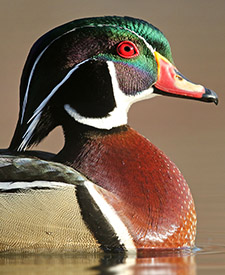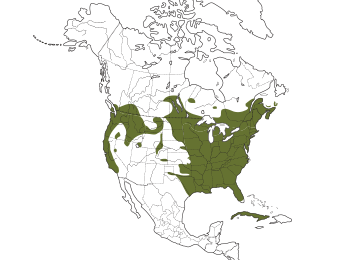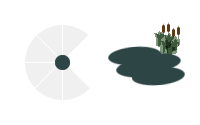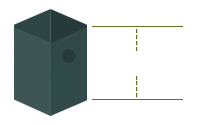Wood Duck
Nest box Plan and Information
Select another species:
Nesting Habitat
- Forest
- Lake
- Marsh
- River
Attach Nest Box To
- Pole
- Post
Known Nesting Period
Not Nesting
Some Nesting Occurrence
Nesting in Most of Range
JAN
FEB
MAR
APR
MAY
JUN
JUL
AUG
SEP
OCT
NOV
DEC
Nest Box Placement
Nest Height:
6ft
30ft
6–30 feet
Minimum Spacing:
600 feet
Facing:
Toward Water
Helpful Tips
- Mount the box so that it leans forward slightly to shed rain.
- Boxes can be installed on posts or poles in the water, at least 3 feet above the high water mark, facing south or west.
- If installing on land, choose a site within 100 feet from the water with no branches around the entrance hole. Predator guards should be installed.
- Place 4 inches of wood shavings in box floor.
- Make sure the box has a fledgling ladder under the entrance hole. This can be a strip of 1/4 inch mesh hardware cloth stapled to the inside, or you can roughen a one-foot-deep section under the entrance hole with a chisel so the young ducklings can get a toehold while climbing up to the entrance.
- Wood Duck is the only North American duck that regularly produces 2 broods in 1 breeding season. Clean out old nesting material and replace with fresh wood shavings after a brood is complete in case of a second nest attempt.
- Cavity-nesting ducks frequently lay eggs in the nests of other ducks. To reduce the likelihood of brood parasitism, which can lead to abandonment, avoid clustering nest boxes together. Monitor for brood parasitism (indicated by unusually large clutches of 14 or more eggs, or different colored eggs), and if necessary, move boxes farther apart.
- Cedar works well for constructing Wood Duck nest boxes. Avoid using plastic boxes as they can overheat.
- Monitor nest boxes in the early evening, when hens tend to leave the nest to forage.

 Source:
Source: 


